|
This image was created with the hand held Canon EF 200-400mm f/4L IS USM Lens with Internal 1.4x Extender (with the internal TC in place at 420mm) and the Canon EOS-1D X). ISO 800. Evaluative metering -1 2/3 stops: 1/5000 sec. at f/8 in Av mode was a severe underexposure; I had been set up for a different situation. One sensor above the central sensor/AI Servo-Surround/Rear Focus AF on the left wing of the incoming bird active at the moment of exposure. Click here if you missed the Rear Focus Tutorial. Click on the image to see a larger version. |
Blue-footed Booby Panga Ride with the Canon EF 200-400mm f/4L IS USM Lens with Internal 1.4x Extender
We loaded up for a panga ride in the pre-dawn hoping for some nice silhouette situations. Keeping the boat in position was difficult with the wind and the current. I had been attempting to photograph some Blue-footed Boobies perched on a small rocky islet when I saw this bird fly in to join them so I fired without having time to set a more correct exposure. The image above is the best of a three frame sequence. Two additional birds in the lower right-hand corner were removed and the bird to the left of the incoming bird was moved from its original position directly below the landing booby with a Quick Mask that was refined with Curves on a Layer (Control M) and a Regular Layer Mask.
|
This image was also created with the hand held Canon EF 200-400mm f/4L IS USM Lens with Internal 1.4x Extender (with the internal TC in place at 526mm) and the Canon EOS-1D X). ISO 800. Evaluative metering +2/3 stop: 1/1250 sec. at f/5.6 in Manual mode. Four sensors to the right of the central sensor/AI Servo-Surround/Rear Focus AF on the left side of the bird’s breast where it met the folded wing active at the moment of exposure. Click here if you missed the Rear Focus Tutorial. Click on the image to see a larger version. |
A Beautiful but Uncooperative Bird
This handsome female Blue-footed Booby (note the large somewhat diffused pupil—the males have smaller, more sharply defined pupils), was pretty much the only isolated bird among many on a big rock. Many times the zodiac driver positioned the panga close enough for a nice, ¾ frame vertical, but the bird was having none of it: preening and scratching, scratching and preening. Virtually nonstop.
This bird’s blue feet were rendering grey by the early morning light. It took me a while to come up with a plan to render them at least a bit blue. Upping the blue saturation did nothing as did taking away yellow from the whites. I finally achieved success by adding cyan to the neutrals and to the whites. The key to the artistic success of the image was selecting a sensor well to the right to yield a pleasingly designed image.
|
This image was created with the Canon EF 200-400mm f/4L IS USM Lens with Internal 1.4x Extender (with the internal TC in place), the Canon 1.4x EF Extender III (Teleconverter) (hand held at 681mm), and the Canon EOS-1D X). ISO 800. Evaluative metering +1 stop: 1/1000 sec. at f/9. Central sensor/AI Servo-Surround/Rear Focus on the birds neck active at the moment of exposure. Click here if you missed the Rear Focus Tutorial. Click on the image to see a larger version. |
Going for the Max with the Canon EF 200-400mm f/4L IS USM Lens with Internal 1.4x Extender
Actually, I had an additional 103mm in the bag when I created the image above: with the internal TC in place and an external 1.4X TC added the 200-400 becomes a hand hold-able 392-784mm zoom lens. As I have been saying here repeatedly the 200-400 with the built in TC is quite a versatile and extraordinary piece of photographic equipment.
Bucket List?
If visiting the Galapagos is on your bucket list and you are a happy camper who is serious about joining us on our July 2015 trip, please shoot me an e-mail and ask to be placed on the interested list. There simply is no better Galapagos Photo Tour.
Your Favorite?
Take a moment to leave a comment and let us know which of the four images here you like best. And be sure to let us know why.
Photographic Society of Chattanooga Seminar
Scroll down here for details on the Saturday seminar that Denise Ippolito and yours truly are doing in Chattanooga on October 12, 2013 and the follow-up Old Car City In-the-Field Workshop. Blog folks who sign up for both are invited to join us at a secret Urbex location in Atlanta on Friday morning October 11. Feel free to e-mail me for details after you are registered for both.
|
Snow Goose composite, Bosque del Apache NWR, San Antonio, NM. Click on the image for a larger version. |
Bosque del Apache 2013 IPT: “The Complete Bosque Experience.” NOV 26-DEC 2, 2013. 7-FULL DAYS: $3399. Co-leader: Denise Ippolito. Introductory Slide program: 6:30 pm on 11/25. Limit: 12.
Tens of thousand of Snow Geese, 10,000 Sandhill Cranes, ducks including point-blank American Wigeon and Wood Duck, amazing sunrises, sunsets, and blast-offs. Live, eat, and breathe photography with one of (if not the) world’s premier photographic educators at one of his very favorite locations on the planet. Top-notch Photoshop instruction. This will make 19 consecutive Novembers at Bosque for me. Nobody knows the place better than I do. Join us to learn to think like a pro, to recognize situations and to anticipate them based on the weather, especially the sky conditions, the light, and the wind direction. Every time we make a move we will let you know why. When you head home applying what you learned will prove to be invaluable. Includes all lunches and the Thanksgiving Buffet at the Crowne Plaza in Albuquerque. I hope that you can join me for what will be an unparalleled learning experience.
A $500 non-refundable deposit is required to hold your slot for this IPT. Your balance is due 4 months before the date of the IPT and is also non-refundable. If the trip fills, we will be glad to apply a credit applicable to a future IPT for the full amount less a $100 processing fee. If we do not receive your check for the balance on or before the due date we will try to fill your spot from the waiting list. If your spot is filled, you will lose your deposit. If not, you can secure your spot by paying your balance.
Please print, complete, and sign the form that is linked to here and shoot it to us along with your deposit check (made out to “Arthur Morris.”) You can also leave your deposit with a credit card by calling the office at 863-692-0906. If you register by phone, please print, complete and sign the form as noted above and either mail it to us or e-mail the scan. If you have any questions, please feel free to contact me via e-mail.
|
Images copyright 2012: Denise Ippoltio & Arthur Morris. Card design by Denise Ippolito. Click on the image to enjoy a spectacular larger version. |
Holland 2014 7 1/2-Day/8-Night: A Creative Adventure/BIRDS AS ART/Tulips & A Touch of Holland IPT. April 17-April 24, 2014 :$4995 Limit: 12 photographers/Openings 9
This trip needs 8 registrants to run so please do not purchase your plane tickets until you hear from us; right now we need 5 more folks.
Join Denise Ippolito, Flower Queen and the author of “Bloomin’ Ideas,” and Arthur Morris, Canon Explorer of Light Emeritus and one of the planet’s premier photographic educators for a great trip to Holland in mid-April 2014. Day 1 of the IPT will be April 17, 2014. We will have a short afternoon get-together and then our first photographic session at the justly-famed Keukenhof. Most days we will return to the hotel for lunch, image sharing and a break. On Day 8, April 24, we will enjoy both morning and afternoon photography sessions.
The primary subjects will be tulips and orchids at Keukenhof and the spectacularly amazing tulip, hyacinth, and daffodil bulb fields around Lisse. In addition we will spend one full day in Amsterdam. There will be optional visits the Van Gogh Museum in the morning and the Anne Frank House in the afternoon; there will be plenty of time for street photography as well. And some great food. On another day we will have a wonderful early dinner at Kinderdijk and then head out with our gear to photograph the windmills and possibly some birds for those who bring their longs lenses. We will spend an afternoon in the lovely Dutch town of Edam where we will do some street photography and enjoy a superb dinner. All lodging, ground transportation, entry fees, and meals (from dinner on Day 1 through dinner on Day 8) are included.
For those who will be bringing a big lens we will likely have an optional bird photography afternoon or two. If we get lucky, the big attraction should be gorgeous Purple Herons in flight at a breeding marsh. We would be photographing them from the roadside. And we might be able to find a few Great-crested Grebes at a location near Keukenhof.
Click here for complete details and some previously unpublished images. And/or click here and see item one for lots more tulip photos and complete trip details.
Click here for complete details and some previously unpublished images. And/or click here and see item one for lots more tulip photos and complete trip details.
|
Images courtesy of and copyright 2012: Bill Mueller. Card design by Denise Ippolito. |
Old Car City Creative Photography In-the-Field HDR Workshop: Sunday, October 13, 2013/ 9am till 1pm.
White, Georgia: $250 plus a $15 entrance fee donation (cash only on the day of the event) that will go to charity. Limit: 16 photographers.
On October 13, 2013, Arthur Morris/BIRDS AS ART and Denise Ippolito/A Creative Adventure will be conducting an In-the-Field HDR Workshop at Old Car City in White, Georgia. Old Car City is about an hour north of Atlanta, GA and an hour south of Chattanooga, TN where they will, as noted above, be doing a full day seminar for the Photographic Society of Chattanooga on Saturday, October 12th. Click here for complete details.
Typos
On all blog posts, feel free to e-mail or leave a comment regarding any typos, wrong words, misspellings, omissions, or grammatical errors. Just be right. 🙂
Support the BAA Blog. Support the BAA Bulletins: Shop B&H here!
We want and need to keep providing you with the latest free information, photography and Photoshop lessons, and all manner of related information. Show your appreciation by making your purchases immediately after clicking on any of our B&H or Amazon Affiliate links in this blog post. Remember, B&H ain’t just photography!




Support the Blog


Amazon
Everyone buys something from Amazon, be it a big lens or deodorant. Support the blog by starting your search by starting your search by clicking on the logo-link below. No purchase is too small to be appreciated; they all add up. Why make it a habit? Because I make it a habit of bringing you new images and information on an almost daily basis.
And from the BAA On-line Store:
LensCoats. I have a LensCoat on each of my big lenses to protect them from nicks and thus increase their re-sales value. All my big lens LensCoat stuff is in Hardwood Snow pattern.
LegCoat Tripod Leg Covers. I have four tripods active and each has a Hardwood Snow LegCoat on it to help prevent further damage to my tender shoulders 🙂 And you will love them in mega-cold weather….
Gitzo GT3532 LS CF Tripod. This one replaces the GT3530LS Tripod and will last you a lifetime. Learn more about this great tripod here.
Mongoose M3.6 Tripod Head. Right now this is the best tripod head around for use with lenses that weigh less than 9 pounds. For heavier lenses, check out the Wimberley V2 head.
Double Bubble Level. You will find one in my camera’s hot shoe whenever I am not using flash.
The Lens Align Mark II. I use the Lens Align Mark II pretty much religiously to micro-adjust all of my gear an average of once a month and always before a major trip. Enjoy our free comprehensive tutorial here.
BreezeBrowser. I do not see how any digital photographer can exist without this program.
Delkin Flash Cards. I use and depend on Delkin compact Flash Cards and card readers most every day. Learn more about their great 700X and 1000X cards here or about my favorite Delkin card here.

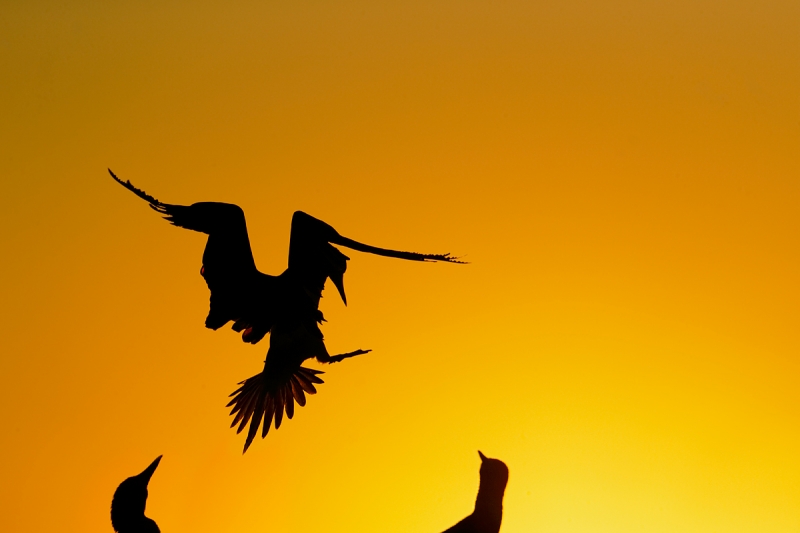
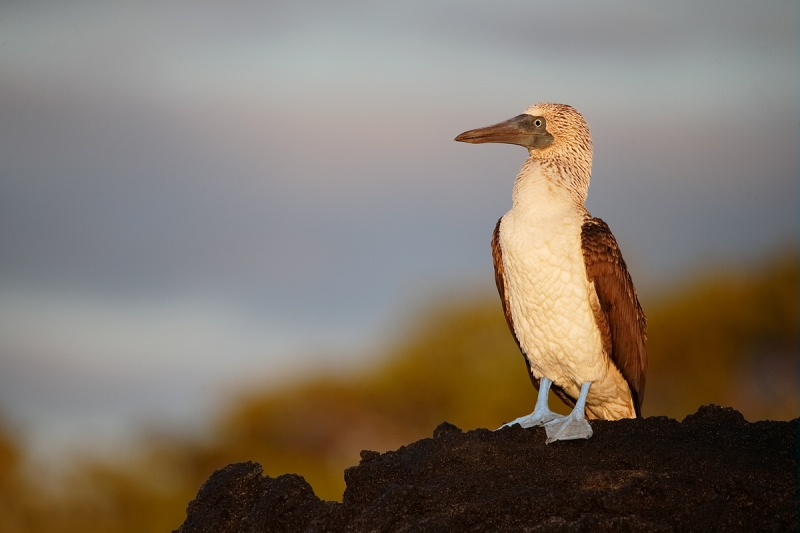
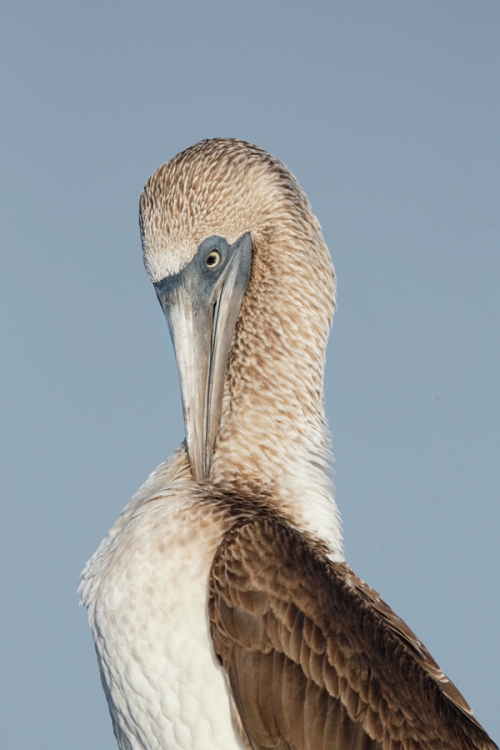
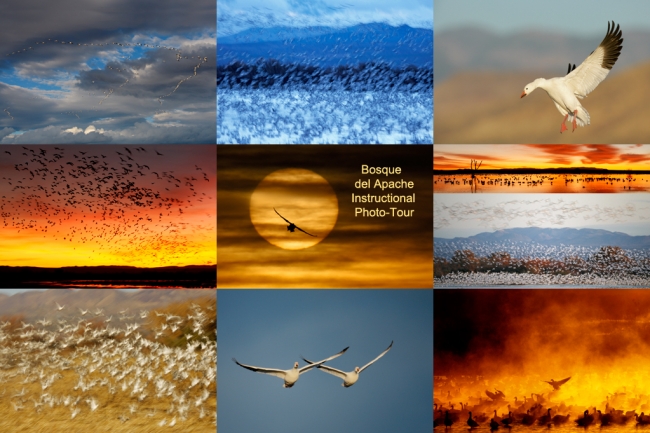
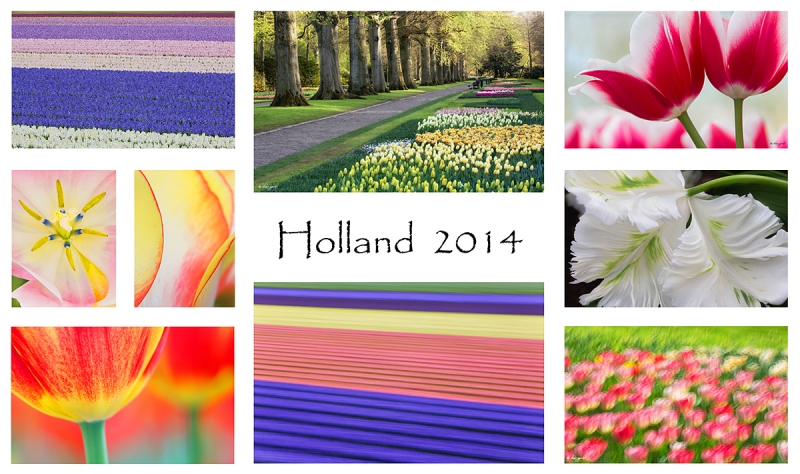














Hi Artie,
I like all images. My favorite is the 3rd one with the close-up view of the Blue-footed Booby. I like both very tight frames of birds/mammals and shots with the lot’s of place around them like the Maasai Giraffe and the tree from August, 20th
You seem to be a master of both styles 🙂
Zooms make this a lot easier. Tomorrow I will be in the Alps for 3.5 days and try the 200-400 for Alpine Marmots (should be the perfect lens for this), hopefully some Ibex and a few bird species. The 600II also comes for distant birds and BIF.
Markus
Thanks Markus. Good luck on your trip. Shoot me a few JPEGs when you get back. artie
Hi Artie,
just got back. I will send you a few jpegs within the next few days. Still importing into Lightroom.
The 200-400 was awesome for the marmots. A few weeks ago I was there with the 7D + 4/300L IS. Although a great and light(!) combo, I missed a lot of shots because I was too close or too far away.
Now with the 200-400 I missed almost no opportunity – except when it was my own fault for being not quick enough (nothing beets practice!).
The zooming is fast and it takes about 1s to switch on the 1.4x – and there is no noticeable loss in sharpness. The whole lens is so sharp it’s almost unbelievable.
Combined with the amazing 1DX with fantastic AF and very good image quality up to ISO 6400 this lens/camera combo was perfect for the marmots. I used the 4/600 only once for the marmots (but for all BIF where the 4/600 II + 1.4x III was best).
It’s hard to believe how I could have lived without that lens 🙂
BTW, I tried rear focus for the first time during the trip. After 5 minutes it was clear that this is the way to go. Now my brain has fully adapted and I’ve also set up my 7D for rear focus. Never going back! Still use One-Shot for landscapes but again with rear focus. Thanks for the tips here on the blog and in the wonderful 1DX AF guide.
Markus
Hi Artie, I love the silhouette shot – action and drama. I haven’t noted any shots where you have used the 200-400 on a 1D Mk IV. Do you know if the performance on the 1D Mk IV is equivalent – speed, sharpness? It does offer extra length with the 1.3 crop factor. Best wishes, Gerald
Thanks. Have not used the 2-4 with the 1D IV but the lens is the lens. I would expect that performance would mainly be a factor of operator error–in the right hands that combo should prove to be superb.
#2
The composition, the birds pose and the overall beautiful colours. A wonderful image!!
Thanks Artie and I see the combo of the internal and an external 2x will not autofocus.
YAW. No regular AF with the internal 1.4X and an external 2X but you can focus on resting or sleeping subjects with Live View and Live Mode AF….Slow by more accurate than I can do with manual focus.
Artie, you take great photos with or without the 200-400. In any event for $13,000 plus one would hope that its a great lens.
Thanks Harvey :). The lens is only $11,799.00 at B&H :).
Artie have you tried it with a 2x extender?
Hey Lewis, Good to see you hear. There is not much reason to use it with the 2X. To get AF you need to not use the built in TC. Much better to engage the TC and add an external 1.4X. You wind up at 784mm (rather than 800mm with the 2X) but with incredible sharpness. The internal TC is much sharper than any external TC.
Artie, What is the functional largest aperture with the 200-400mm f/4 with internal 1.4x teleconverter when the internal tele is engaged and an external 1.4x tele is added?
With +1 stop for the internal and +1 stop for the external, f/8.
f/8 is correct. Thanks Jim.
Thanks, guys.